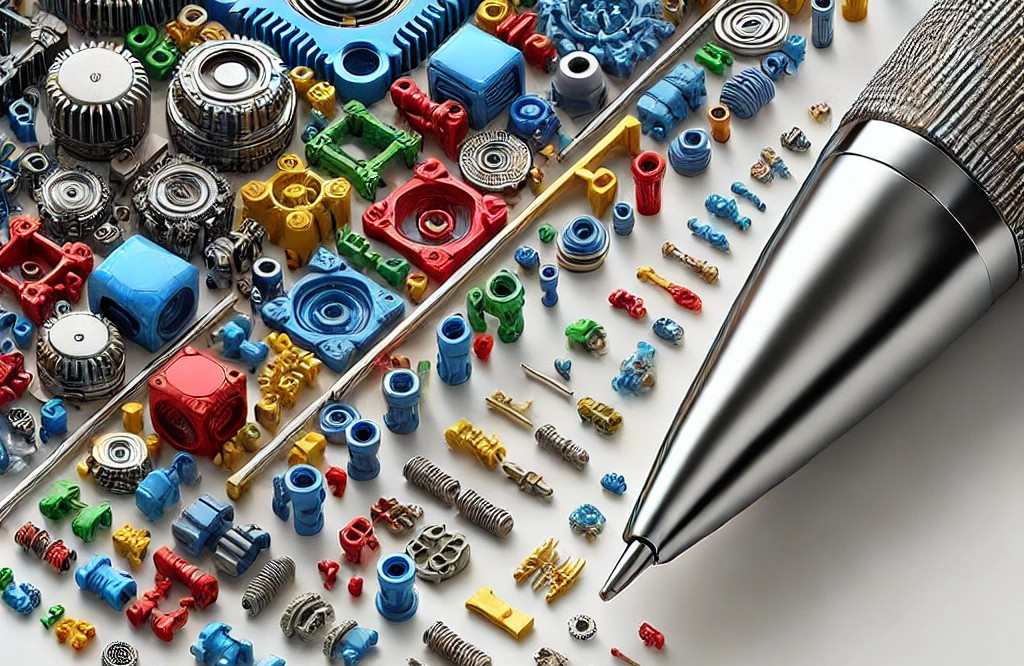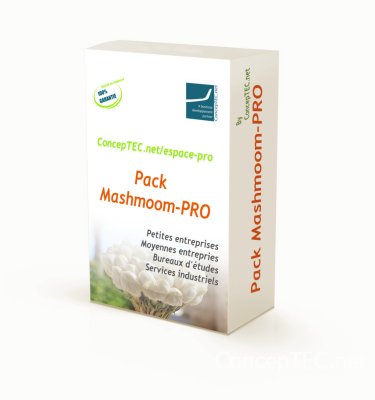Defining Micro-Molding
While the term “micro” suggests small dimensions, micro-molding transcends mere size considerations. It involves the production of components weighing less than a gram with extreme precision and repeatability. These components are manufactured at high volumes, often numbering in the thousands or even billions. Achieving this level of precision demands more than specialized machinery; it requires advanced innovation, expert tool design, and years of process optimization.
Key Dimensions of Micro-Molding
Precision and Complexity of Micro-Parts
Micro-molding addresses applications requiring intricate geometries and tight tolerances. Components may feature wall sections as thin as 0.004 inches (0.1 mm), hole diameters as small as 0.008 inches (0.2 mm), and aspect ratios approaching 6:1. The emphasis is not only on size but on producing parts with exceptional detail and consistent quality.
Insert and Lead Frame Molding
A hallmark of micro-molding is its ability to incorporate other materials, such as metals, ceramics, glass, and films, into the molded components. This overmolding process is vital for industries like microelectronics and semiconductors, where precision integration of materials is essential.
Two-Shot Micro-Molding
In this advanced technique, two different materials are molded simultaneously within a single cycle. This process enhances the functionality and aesthetics of components, reduces assembly requirements, and contributes to overall robustness.
Applications in Micro-Optics
Micro-molding has revolutionized high-tech sectors, including medical diagnostics, telecommunications, and sensor technologies. For instance, the production of lens arrays with micron-level features exemplifies the precision capabilities demanded by these industries. Lens diameters as small as 250 microns with positional tolerances of ±3 microns highlight the exactitude achievable in micro-molding.
The Role of In-House Expertise
The success of micro-molding projects is heavily reliant on comprehensive in-house capabilities, encompassing tooling, design, quality assurance, and production. By maintaining control over these critical processes, manufacturers can ensure the consistency and precision required for demanding applications. In-house tooling also facilitates iterative improvements, addressing challenges such as tight tolerances and complex geometries efficiently.
Material Considerations in Micro-Molding
Material selection is pivotal in micro-molding, as the properties of thermoplastics directly impact the manufacturability and performance of components. Commonly used materials include:
- High-Performance Polymers: PEEK, Ultem®, and glass-filled nylons.
- Elastomeric Compounds: Thermoplastic elastomers (TPE) and thermoplastic polyurethanes (TPU).
- Specialized Grades: Optical and medical-grade materials tailored to specific industry requirements.
The ability to process these materials effectively is integral to producing high-quality micro-components.
Quality Assurance in Micro-Molding
Quality assurance is a cornerstone of micro-molding, beginning at the design stage with manufacturability reviews. These reviews identify potential challenges and establish robust control plans, including Failure Mode and Effects Analysis (FMEA). Measurement systems, ranging from precision gauge pins to high-resolution vision technologies, are employed to verify compliance with stringent tolerances. Cleanroom environments and automation further ensure the integrity and consistency of final components.
Customer-Centric Manufacturing
Ultimately, the goal of micro-molding is to meet the stringent demands of modern manufacturing by delivering reliable, high-performance components. True micro-molders excel in producing extreme precision parts consistently and efficiently, fostering innovation while prioritizing customer satisfaction
Conclusion
Micro-molding represents a synthesis of advanced engineering, material science, and manufacturing precision. As industries continue to demand smaller, more intricate components, the role of micro-molding in driving innovation becomes increasingly significant. Companies like Accumold, with decades of expertise and billions of components produced, exemplify the potential of this field to address the challenges of modern manufacturing and push the boundaries of what is possible.


























